 | « Back to article | Print this article |
Did you know that YouTube was conceived as a video-dating platform?
Or that Instagram did not have a photo element to it when it was conceptualised?
In fact, a host of services you're currently addicted to, were not intended to be what they're today.
Read on for inspiration...
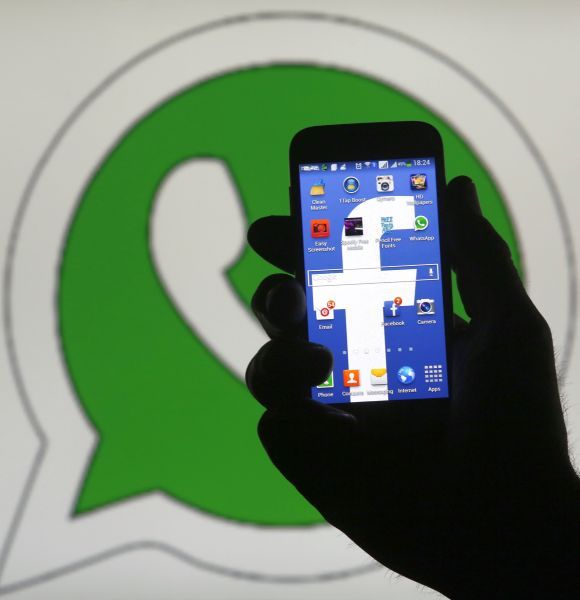 What do you do when your product isn't working?
What do you do when your product isn't working?
Accept failure and shut down or hang in there to prove your point?
Determination is a great trait every entrepreneur must have to battle the inevitable hurdles.
But, there is a third option that is harder to follow but often proves more successful than just "hanging in there."
It's called pivoting. That is turning around your entire strategy and moving in a completely unprecedented direction.
Scary as that sounds, pivoting is necessary when your target market isn't responding to your product as you expected it to.
For a start-up, it's even more crucial, as it is impossible to predict the market’s driving forces while building the product.
The hardest part is accepting that your product isn't working.
Learning from your journey and moving onto next venture is also a great sign of a strong entrepreneur.
Pivoting is a great bold move, don't run away from it; embrace the shift.
If you're still not convinced, here are eight examples of great companies.
The crux of their greatness was the moment when they pivoted.
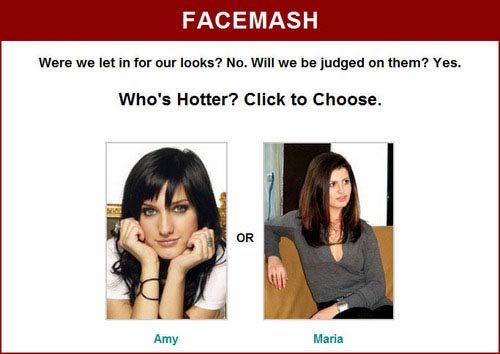
If you have seen The Social Network, you will be well acquainted with what Mark built that night after his breakup.
He built a tool Facemash to compare two girls where users could choose the hotter one.
Over the years, Facebook has become one of the main channels for us to connect with our friends and family in this digital era.
We chat on Facebook Messenger or Whatsapp (now owned by Facebook) or we click and share images on Instagram (another Facebook company).
Facebook has become our digital identity today.
Probably after Alibaba, Facebook's IPO has been one of the biggest in technology with a peak market capitalisation of over $104 billion.
Facebook now owns four of the most widely used social products in the world between Messenger (500 million users), Facebook (1.35 billion users), WhatsApp (600 million users) and Instagram (200 million users).
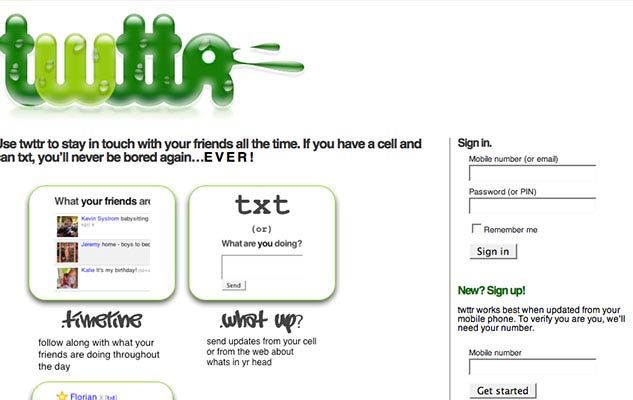
Another top social networking platforms -- Twitter -- wasn't also a different avatar from where it stands today.
This billion dollar valued company was once a humble side-project of a team building Odeo, a podcast aggregator.
With Odeo, users could discover podcasts; create channels and also had features to facilitate users to record their podcasts too.
But the team dreaded the rise of iTunes and realised they couldn't take up this challenge in market with Apple.
That's where the company started Twttr that finally transformed into today's Twitter.
The team conceived Twttr as a micro blogging platform with highlights of a group messaging application.
Today, it has become one of the most powerful tools for socio-political networking.
It’s also being used for feedback and customer services by brands today.
Twitter caters to 284 million active users monthly with 500 million tweets shared per day on its platform.
An 80 per cent active user of Twitter's user base is on mobile with support for more than 35 languages.
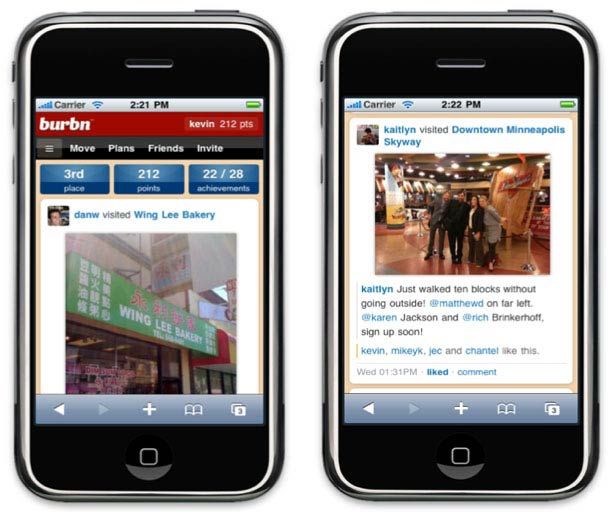
Instagram is another of those fairy-tale success stories which was acquired by Facebook for a staggering $1billion USD, five years after starting up.
It's one of the most popular consumer apps across all geographies and platforms.
But Instagram began as Burbn -- a social check-in app with roots from Foursquare and gaming elements from Mafia Wars.
That app did have a photo element to it but it wasn't well highlighted amidst host of other features.
It was their wise decision to clear the noise of these many features and concentrate on one feature, photo-sharing element and rest is history.
Currently Instagram has 200 million active users with 20 billion photos shared till date.
The magic continues with 1.6 billion likes daily on various photos across the platform with 60 million average photos shared per day.
YouTube
YouTube for us today has become the default destination for entertainment. But would you believe that it was conceived as a video-dating platform?
In 2005, 'Tune In Hook Up' was started to be able to give users a platform to find possible dates via video chats something similar to HotOrNot.com.
But then this was possibly way too ahead of its times in 2005.
The founding team Chad Hurley, Steve Chen and Jawed Karim were disappointed with poor traction and with no user acquisition strategies working for them.
But when the team saw Janet Jackson's Super Bowl fiasco, they realised that discovery of interesting videos online was significantly difficult.
Also during these years, sharing videos wasn't even part of the contemporary culture.
The team researched market trends and changing social behaviour and realised that online video platforms would work.
Google later acquired it for around $1.65 billion in stock; YouTube users now upload over 35 hours of video per minute.
Today, Youtube accounts to 1 billion active users daily with over 6 billion hours of video watched each month.
Groupon
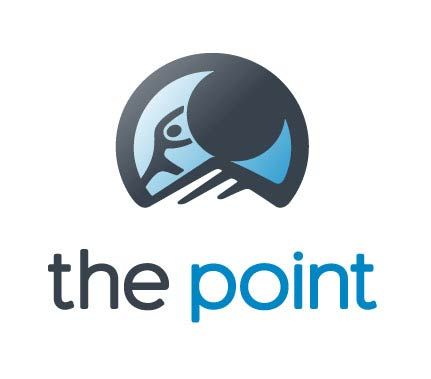
To help social good campaigns to raise funds easily with a tipping point system, Andrew Mason started this website called as The Point.
This tipping point system made sure that campaigns raise money only when the pledged donations reached the proposed tipping level.
Excited about this tipping model, he started Groupon as a weekend project for hyper local deals; if a basic required number of people pledged to opt for the deal all of them would get a discount code. This weekend project drew enormous attention and he couldn't manage both these tipping systems at the same time.
Today, Groupon is a multi billion dollar valued company with presence across continents.
There are so many clones emerging in developing economies trying to use Groupon's business model, a sign that people have accepted this business model.
In 2009 a mobile shopping app called Tote landed on the scene with the aim of making shopping faster, easier and altogether more fun by giving people the tools to do some window shopping on their phone.
The app did price tracking. It was location savvy.
It let shoppers save their favourite items so they could covet stuff in one place. But it was held back by a crucial piece of the mobile shopping puzzle: low-friction payments.
Today, with the outburst of e-commerce in India we won't be able to gauge the problems they would have gone through but in 2009 the m-shopping market wasn’t so ripe for the taking. And they failed.
But, from the ashes of those early m-shopping ambitions, arose another start-up idea -- directly fueled by the collections of items Tote users had been amassing.
That was the genesis of Tote’s pivot to Pinterest in 2010.
And boy, did they hit a home run with that one!
Earlier this year the visual social network was being valued at $5 billion, after raising a $200 million Series F funding round.
Beyond the cold hard cash raised (and value perceived), Pinterest can also take credit for the widespread 'Pinterestification' of web design, inspired by its dynamic tiles-based format which reforms itself to accommodate different screen sizes.
Flickr
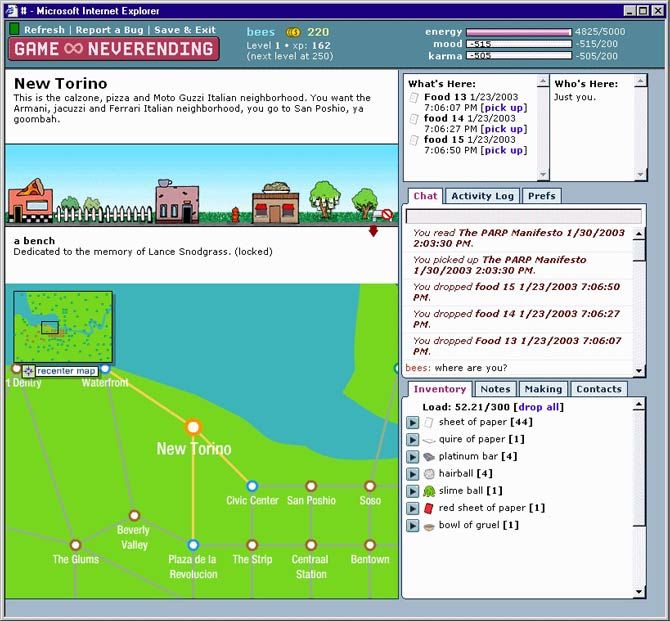
If Second Life was the game to imagine you living in virtual reality then probably Game Neverending was the place for users to travel on a digital map.
In this game, users could interact and do transactions with each other.
One of the popular features of the game was photo-sharing tool.
Similar to Instagram, the team decided to clear off the noise and concentrate on this social photo-sharing feature.
The company leveraged this opportunity and built a brand in itself.
In 2005, Yahoo acquired Flickr in one of its most strategic acquisitions till date.
Flickr today gives everyone gets 1000 GB of free storage enough space for more than 500,000 photos.
They have launched their redesign mobile apps with focus to be able be to collect all photos at one destination and making sharing photos a bit more simpler.
Android
 Last but not the least, there's Android
Last but not the least, there's Android
Could you imagine today that Android was not an operating system made for smartphones?
Android was a small start-up with a vision to build an operating system for cameras way back in 2003.
Team's initial concept was to design a network of smart cameras connected to PCs to offer cloud storage for photos build over Android's infrastructure.
Google understood team’s potential and acquired them for undisclosed amount.
Later, they pivoted the concept from a platform for cameras to ones for smartphones and tablets.
Android now powers smart-cameras, smartwatches and cars to refrigerators.
It's become the uniting platform connecting devices and leading Google's Internet of things enterprises.
Notice something?
We have listed nearly all the companies that are today the inspiration of a start-up.
Going by this list, it appears that pivoting is not just common but almost a necessity for a start-up.
It's a humbling experience for an entrepreneur to admit that their original dream and product was off or something went wrong and it takes a courageous team to spot better opportunities and pivots onto a successful path, not every start-up can do that.
Don't be stubborn or timid -- pivot when you need to.
Countless start-ups have done this successfully, and for some it's been the key to success.
Photo: Yourstory.com
